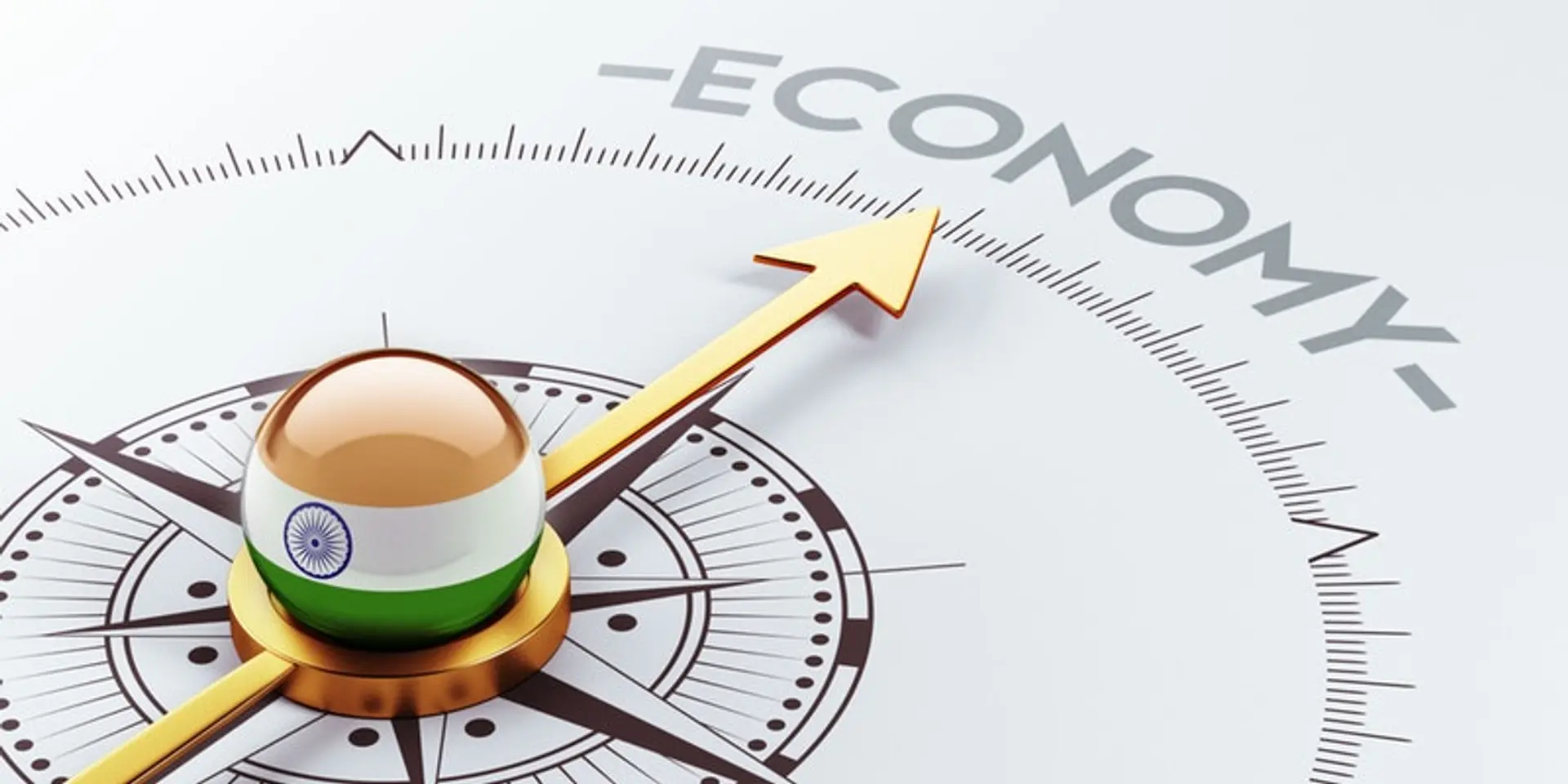Indian economy estimated to contract by 9.6pc in 2020: UN report
In South Asia, the pandemic severely impacted most economies in the region. India, suffered its largest economic decline in history, with output falling by nearly 10 percent in 2020.
India's economy is estimated to contract by 9.6 percent in 2020 as lockdowns and other containment efforts to control COVID-19 slashed domestic consumption without halting the spread of the disease, and the growth is expected to recover and grow at 7.3 percent in 2021, according to a UN report.
In 2020, the world economy shrank by 4.3 percent, over two and half times more than during the global financial crisis of 2009. The modest recovery of 4.7 percent expected in 2021 would barely offset the losses of 2020, said the latest World Economic Situation and Prospects released by the UN.
In South Asia, the pandemic severely impacted most economies in the region, dragging down average GDP by -8.9 percent in 2020. India, in particular, suffered its largest economic decline in history, with output falling by nearly 10 percent in 2020.
"India's economic growth has fallen from 4.7 percent in 2019 to -9.6 percent in 2020, as lockdowns and other containment efforts slashed domestic consumption without halting the spread of the disease, despite drastic fiscal and monetary stimulus," the report said.
UN Secretary-General Antonio Guterres said the world is "facing the worst health and economic crisis in 90 years. As we mourn the growing death toll, we must remember that the choices we make now will determine our collective future."
"Let's invest in an inclusive and sustainable future driven by smart policies, impactful investments, and a strong and effective multilateral system that places people at the heart of all socio-economic efforts," he added.
The Indian economy, which grew at 4.7 percent in 2019, is estimated to contract by 9.6 percent in the calendar year 2020. The report said that the economy is forecast to recover and clock a 7.3 percent growth in 2021, but will slow down to 5.9 percent in 2022.
The report said that the COVID-19 crisis has wreaked havoc on labour markets in the developing world. By mid-2020, unemployment rates had quickly escalated to record highs: 27 percent in Nigeria, 23 percent in India, 21 percent in Colombia, 17 percent in the Philippines, and above 13 percent in Argentina, Brazil, Chile, Saudi Arabia, and Turkey.
Looking ahead, East Asia is projected to recover from a low base, with growth rebounding to 6.4 percent in 2021, before moderating to 5.2 percent in 2022. In most economies, domestic demand will be supported by continued monetary and fiscal stimulus. These baseline projections, however, are highly contingent on the successful containment of the virus, both domestic and abroad.
China will remain the region's main driver of growth, with GDP growth projected to rebound to 7.2 percent in 2021 from 2.3 percent in 2020.

Image: Shutterstock
China's economic recovery, however, is expected to be uneven across sectors. While infrastructure investment is expected to rebound strongly, private consumption growth is likely to remain moderate, the report said.
South Asia is also expected to expand by 6.9 percent in 2021, but growth will remain insufficient to bring the region back to its 2019 output level. The recovery also hinges on the containment of the pandemic and effective policy stimulus going forward.
With multiple waves of the pandemic threatening to trigger another round of widespread lockdowns, downside risks to the growth outlook of the East and South Asia regions remain high. In South Asia, many economies face prohibitive fiscal restraints.
Effective domestic revenue mobilisation can make up some of the shortfalls, but concessions from international lenders will also be needed. Preemptive fiscal austerity could have disastrous consequences for the countries in the region, it added.
Edited by Suman Singh








